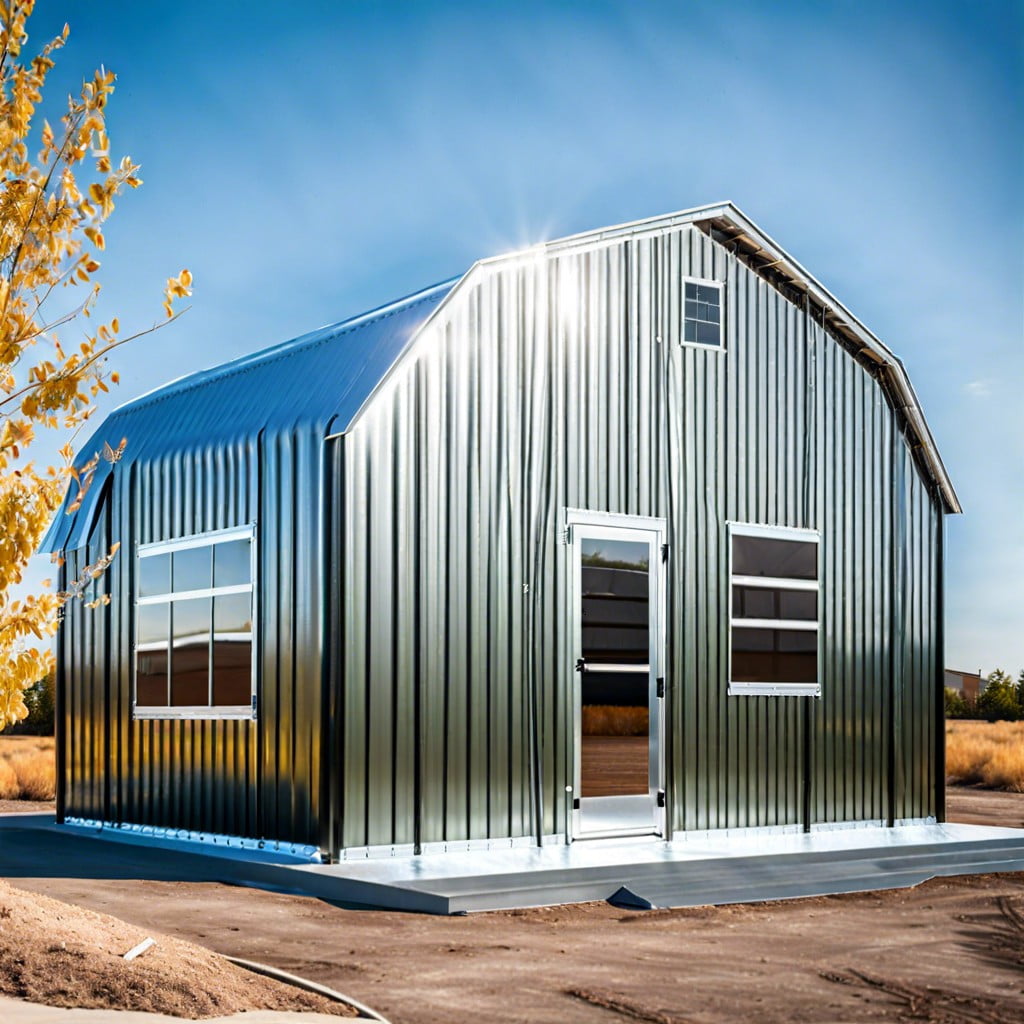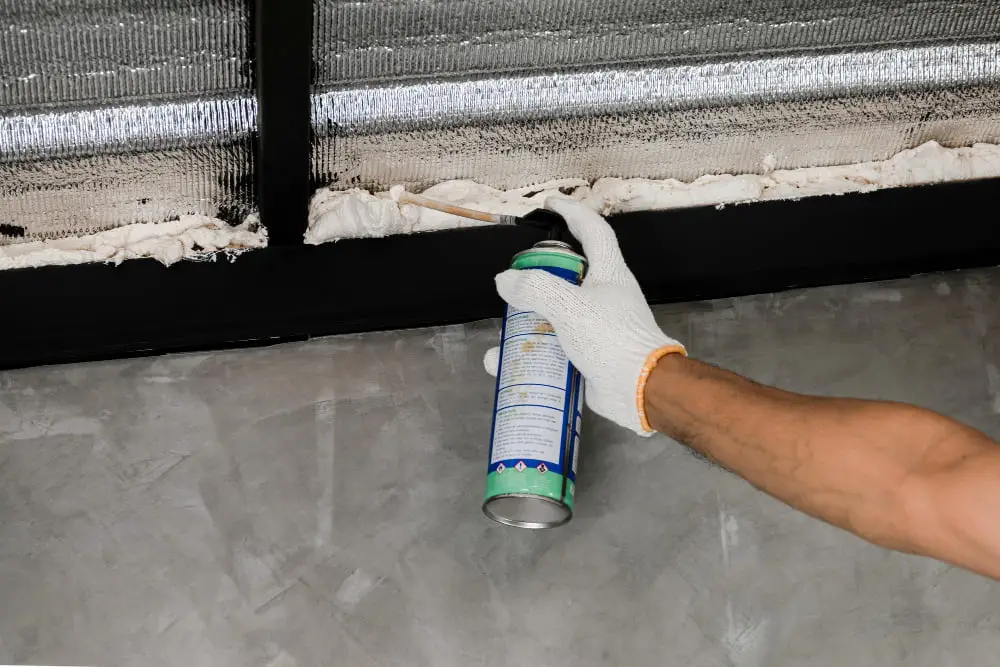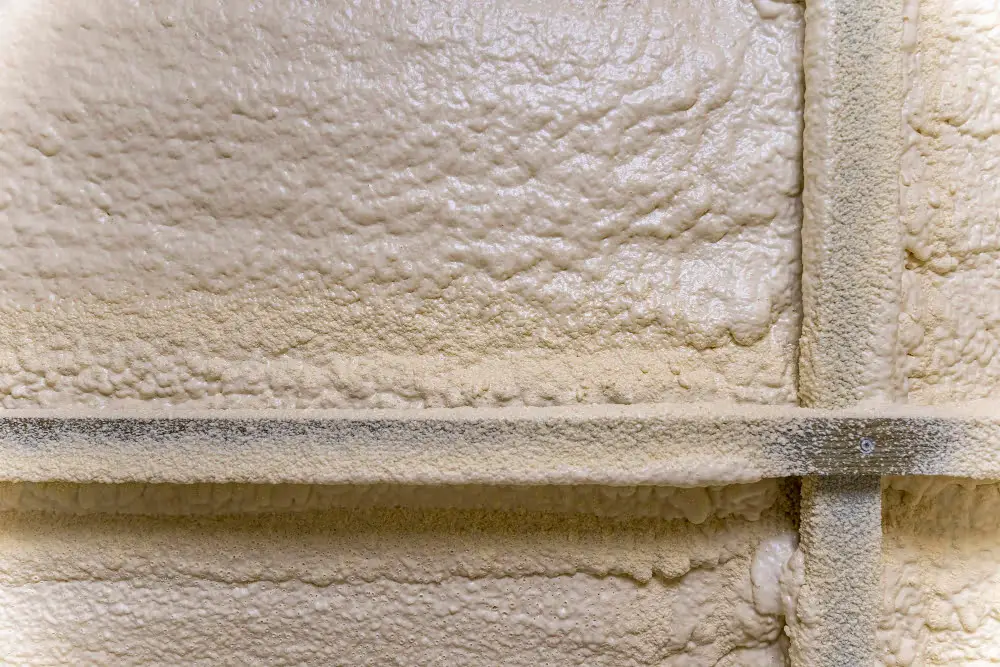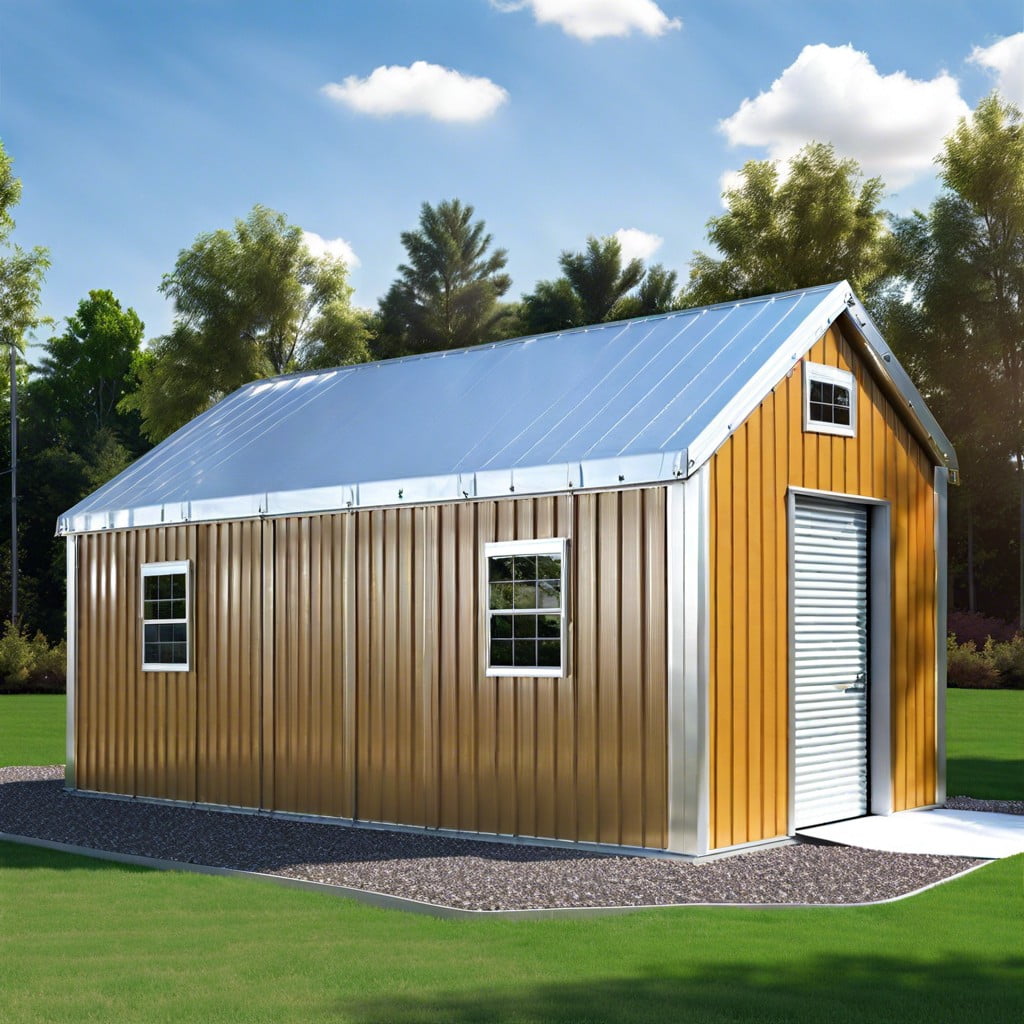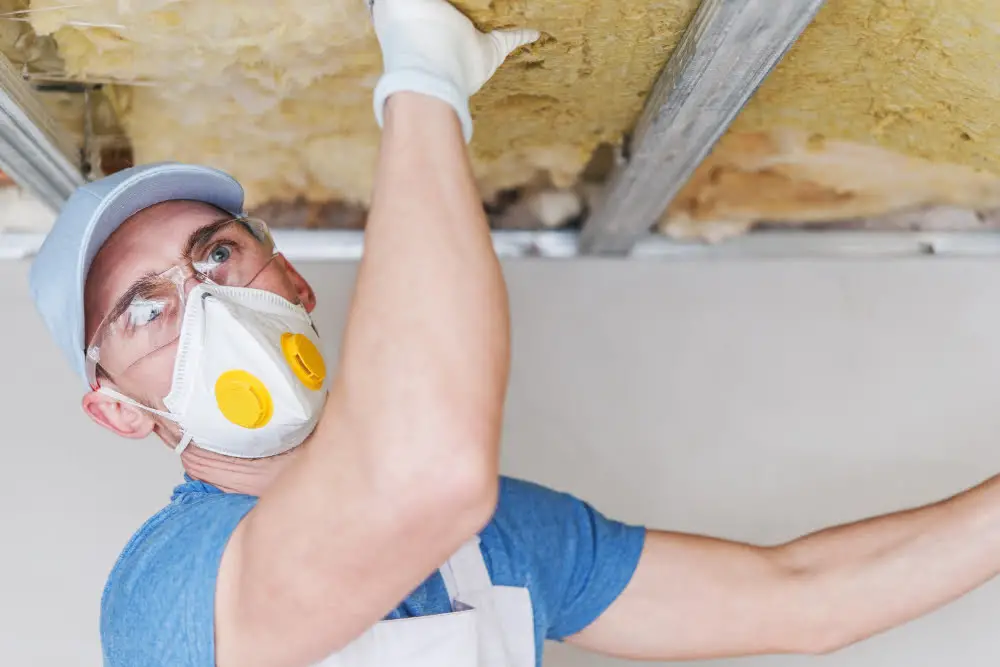This buying guide will provide you with essential tips on choosing the right roll insulation for your building needs.
Key takeaways:
- Fiberglass and mineral wool are popular roll insulation materials.
- R-value is important for insulation performance in different climates.
- Proper installation techniques include measuring, cutting, and securing the insulation.
- Roll insulation is generally more affordable than other types, but may require more layers.
- Consider the environmental impact and certifications when choosing roll insulation.
Types of Roll Insulation Materials
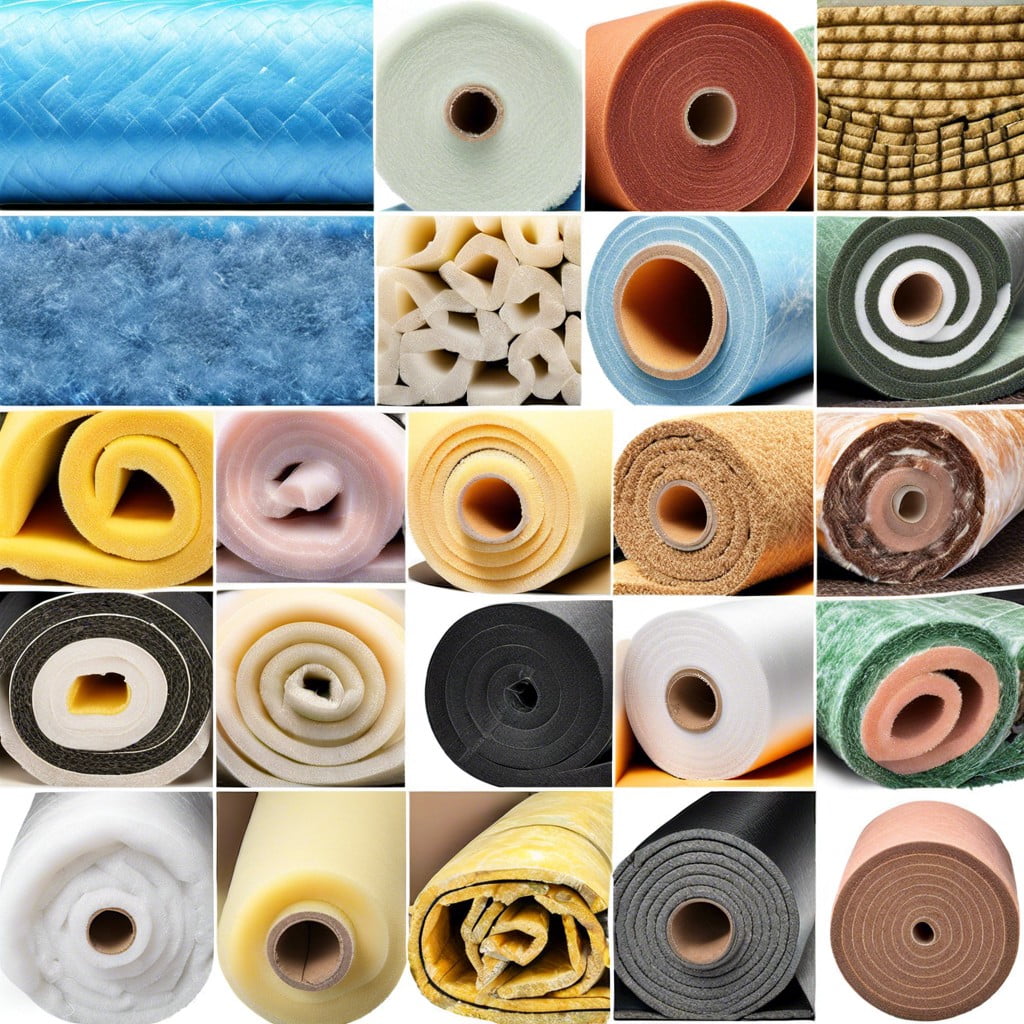
Two popular roll insulation materials are fiberglass and mineral wool. Each has distinct characteristics that make it suitable for different environments and applications.
Fiberglass is lightweight and cost-effective, commonly used in residential construction. Its fluffy and compressible nature makes it ideal for insulating between wall studs and ceiling joists. Yet, handling it requires care to avoid irritation to skin and lungs, so gear up with gloves and a mask!
Mineral wool, also known as rock wool, boasts superior fire resistance and soundproofing properties compared to fiberglass. It’s denser, making it excellent for high-temperature environments or buildings where noise reduction is a priority. The density does however increase its weight, making it a bit more cumbersome to install.
Both types come in convenient rolls that can be cut to fit various spaces, making installation relatively straightforward, although mineral wool requires a bit more muscle! Keep in mind the specific needs of your project when choosing between these options, as both serve well in keeping your space snug and energy-efficient.
Understanding R-Value and Its Importance
R-value is a measure of thermal resistance used for insulating materials. It indicates how effectively insulation can resist heat flow, where higher values mean better insulation performance. This metric is crucial for selecting the right type of roll insulation to keep your metal building cozy in winter and cool in summer.
Different climates and parts of a building require different R-values to achieve optimal energy efficiency. For instance, a roof might need a higher R-value compared to walls due to direct sun exposure. Understanding this can help maintain comfortable indoor temperatures and potentially reduce heating and cooling costs.
Always check local building codes for recommended R-values, as these regulations are designed to ensure safety and efficiency based on local climate conditions. This not only helps in making an informed decision but also ensures that the building complies with energy codes, which can be great for your wallet and the environment.
Installation Techniques for Roll Insulation
Before you dive into wrapping your building in cozy insulation like a burrito, make sure you have the right tools. A staple gun, utility knife, and tape measure will be your best friends here. Start by measuring the space between the joists or studs; this ensures your insulation fits just like that perfect puzzle piece.
Rolls should be cut about an inch larger than the space to create a snug fit. Why cozy? Because gaps are the enemy here—think drafty winter winds sneaking into your warm living space!
Now, don the fashion statement of safety glasses and gloves because it’s time to get down to business. Begin at one end of the space and roll out the insulation, pressing it into place firmly. The side with the vapor barrier (if applicable) should face the warm side of the room to prevent moisture issues – no one likes a damp environment unless you’re a mold spore.
Use the staple gun to secure the insulation every few inches along the edges. For those adventurous enough to tackle corners and weird angles, cut the insulation to fit these quirky spaces precisely. Remember, the goal is a continuous layer without any gaps.
Truly, insulation might not be the most glamorous part of building construction, but think of it as the silent hero, keeping energy bills low and comfort high. Just keep rolling, measuring, and cutting—soon, you’ll step back and revel in the fruits of your remarkably well-insulated labor!
Cost Comparison of Roll Insulation Vs. Other Insulation Types
When evaluating the affordability of roll insulation compared to other types like spray foam or rigid foam boards, several factors come into play. Firstly, roll insulation generally boasts a lower initial cost. This is primarily due to its widespread availability and the ease of manufacturing fibrous materials like fiberglass or mineral wool, which are common components.
However, it’s important to consider the long-term costs associated with energy efficiency. Roll insulation often has lower R-values per inch compared to options like spray foam. This means you might need more layers to achieve the same insulating effectiveness, which can add up in material and labor costs.
Furthermore, the installation process for roll insulation is less complex and doesn’t usually require professional help, unlike spray foam, which often needs a trained installer. This DIY-friendliness can lead to significant savings, particularly for handy homeowners.
In summary, for those looking to insulate on a budget and willing to handle some DIY, roll insulation can be a cost-effective choice. However, for maximum energy efficiency and minimal long-term costs, higher-priced alternatives might be more suitable.
Environmental Impact of Roll Insulation Materials
Roll insulation materials come from various sources, each bearing its own environmental footprint. For example, fiberglass, a common choice, involves the melting of sand and recycled glass, consuming significant energy but also facilitating extensive recycling. On the flip side, rock wool, made from basalt or slag, leverages industrial waste, adding points for sustainability while still needing high energy inputs during production.
Interestingly, cotton-based roll insulation, often marketed as a “green” option, uses recycled textile fibers, reducing landfill waste. It’s treated with eco-friendly chemicals to resist fire and pests, winning eco-conscious hearts. However, it’s not just what it’s made from; consider the production process’s emissions and the energy savings the insulation will offer over its lifespan. The bigger the energy saving, the bigger the environmental high-five.
Always check for certifications like GREENGUARD or Energy Star to ensure you’re not inadvertently decorating your walls with eco-unfriendly fluff. Eco-friendly can indeed be wallet-friendly when considering long-term energy savings and the warm, fuzzy feeling of doing right by planet Earth.
Recap
